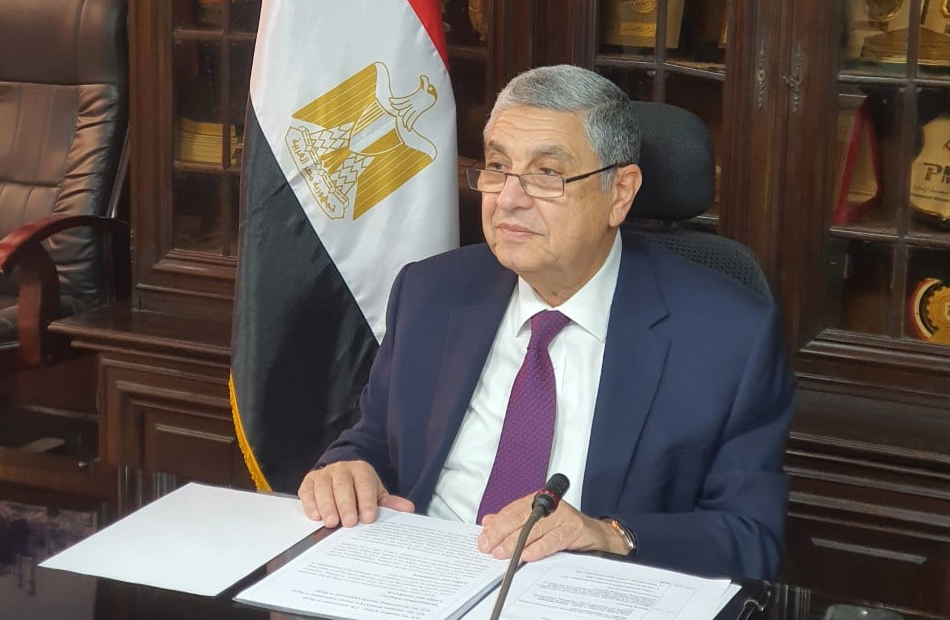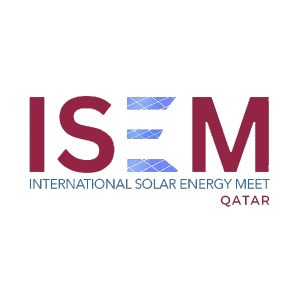- ASRY Awarded 2024 RoSPA Gold Medal in Health and Safety
- BP ponders shifting focus away from renewables, say sources
- QatarEnergy enters 10-year naphtha supply agreement with Japan’s ENEOS Corporation
- The International Energy Agency expects oil demand growth to slow in 2024
- The International Monetary Fund re-selects Kristalina Georgieva as its director
- Libya to target producing 1.4 million b/d by end 2024
- TotalEnergies launches the Marsa LNG project and deploys it multi-energy strategy in Oman
- H.E. Minister Al-Kaabi: Demand for oil and gas will continue for long; we have to be responsible, and Qatar is doing its part
- Egypt to stop exporting LNG starting from the beginning of May 2024
- QatarEnergy selects Nakilat to own and operate 25 conventional LNG vessels

Increasing electrical interconnection capacities to export electricity beyond borders

As part of its strategy to transform into a regional center for energy trading and commerce, Egypt seeks to increase its electricity exports to 1.5 gigawatts per day by 2030. To achieve this, it is counting on a number of projects that support increasing its electricity exports.
In this context, the government is trying to complete the implementation of electrical interconnection projects with Saudi Arabia, Greece, and Italy, while increasing the exchange capabilities currently available with both Jordan and Sudan.
According to the strategic directions plan for the Egyptian economy (2024-2030) announced by the government, which is supposed to be presented to the national dialogue within a short period, Egypt will work to increase its regional role through electrical interconnection projects with the aforementioned countries.
Currently, electricity is exported to Jordan via a line with a capacity of 550 megawatts, and there is a plan to increase its capacity to 1.1 gigawatts, and with Sudan, with a capacity of 300 megawatts, and there is an agreement to increase it to 2,000 megawatts, and with Libya, with a capacity of 240 megawatts, and the plan is to increase it to 2 gigawatts.
According to the electrical interconnection project with Saudi Arabia, a high-voltage air and sea line with a voltage of 500 kilovolts will be constructed, to exchange its capacity of 3,000 megawatts.
There is a memorandum of understanding between Egypt, Greece, and Cyprus to implement an electrical interconnection project with a capacity of up to 3,000 megawatts at a voltage of 500 kilovolts, as well as a memorandum of understanding with a Norwegian company to begin studies of a project to export renewable energy from Egypt to Europe through Italy.










